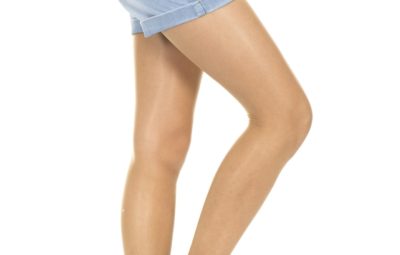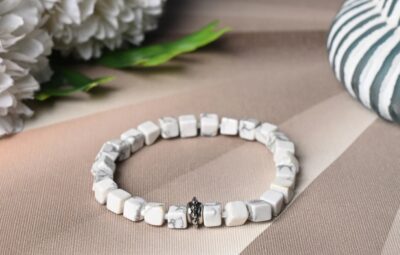It is estimated that between 80 to 150 billion garments are produced worldwide every year. With so many fabrics on offer, it can be hard to know the difference between them. But do you know what the softest fabric of all is?
With a smooth surface, velvet is a favorite in garments and upholstery. Read on as we answer the question “What is velvet?” and tell you the different types available.
What Is Velvet?
Velvet is a fabric known for its smooth, luxurious texture. Made from dense piles of evenly cut fibers, it has a soft texture, along with shine and luster.
Originally made from silk, the fibers within can now come from a range of materials. Linen, wool, cotton, and mohair mean the cost can vary depending on the type. Used in everyday clothing, it is also found in evening wear and household upholstery.
The History of Velvet
The first written record of velvet comes from the 14th century in East Asia. However, many believe it was in use before this, especially in Baghdad around 750 AD. As global trade began, it spread to the Mediterranean and the rest of Europe.
In Europe, it was originally an expensive fabric popular during the renaissance period. However, the invention of the machine looms made it much more affordable. These looms create a double cloth, so two pieces of velvet get created at the same time.
Today velvet can contain a range of fibers, so pure silk velvet is very rare. It is still viewed as a luxurious textile even though many variations are extremely low cost.
Different Types of Velvet Fabric
There is a wide range of different fabrics that all fall under the umbrella of velvet. Below, we present the most common ones.
Crushed Velvet
Crushed velvet gets produced by twisting the fabric and applying heavy pressure during the manufacturing process. The nap ends up facing in different directions, giving it a marbled look.
Panne velvet is a variation of this. Here, the pile gets flattened in the same direction everywhere, so it has a mottled appearance. Both often contain polyester, giving them a stretchy quality.
Corduroy
This is a very heavy fabric, which many people do not realize is velvet at all. It has long weft threads, cut so that they form vertical lines along with the fabric. While it may contain polyester or elastane, it is usually 100% cotton.
Corduroy is very hard-wearing. The thick lines can also have varied thicknesses depending on the weave.
These are named the whales and get counted per inch. 21 whales are the thinnest measurement available.
Embossed, Brocade and Burnout Velvet
Each of these different fabrics has a pattern on its surface. What differentiates them is how the pattern gets applied to the velvet.
Embossed velvet uses heat stamps to press upon the textile. This prints the pattern into the pile. Embossed velvet usually uses block colors or can have a metallic finish.
The patterns in brocade velvet are done by cutting the threads to different levels, so one layer stands out over the other. Burnout velvet is also known as velvet devore. Acid gets added to the fabric to destroy part of the pile.
Silk Velvet
Silk velvet has a texture and drape unlike any other. Its fluidity makes it very hard to work with. You may also find it in embossed, brocade, or burnout versions.
Rayon velvet is very similar to silk velvet. However, due to its threads, it is cheaper and more affordable.
Cisele
Cisele velvet has different layers of raised and flat sections. This is done by cutting into the pile to create loops of different sizes. It is more commonly used for furniture, upholstery, and wall decorations.
Plush Velvet
Plush velvet is very soft due to its longer pile. To enhance it, a polyester backing is present to hold the fabric together. Some experts argue that the pile is so long that it should not be categorized as velvet.
It has lots of uses, particularly for making soft blankets. You will also find it used in plush children’s toys.
Stretch Velvet
This is a blend of spandex and polyester. The combination gives it several desirable properties, particularly for activewear and clothing. It has a very high level of stretch and is easy to maintain.
Velvet, Velveteen, and Velour
Velveteen and velour are variations on velvet fabric. However, it is quite easy to mistake them for each other because of their similar properties and appearance.
Heavier and with less luster, velveteen is slightly smoother than velvet. This is due to its shorter pile made from threads that go horizontally.
Velour is made from cotton and polyester, which are knitted together. Though it looks like velvet, it has more stretch. This is why it is often used in activity clothing such as tracksuits.
What Is Deer Antler Velvet?
Deer antler velvet is an anomaly, as it is not used in the processing of fabric. You won’t find it in clothing but instead in supplements and health products as an ingredient.
The velvet in question is a fine down that resides on the antlers of deer. These are removed from animals on commercial farms to prevent injury to other animals and staff. When removed, it is used as an ingredient in traditional Chinese medicine.
Buying Velvet
Now you can answer the question “What is velvet?” you can buy with confidence. With so many fabric names, it can get confusing. If you are buying either clothing, upholstery, or the textiles themselves, you now know the unique properties of each one.
This article is one of many to help you make informed consumer choices. From fashions to fabrics, we can help you look great in the coming season.







